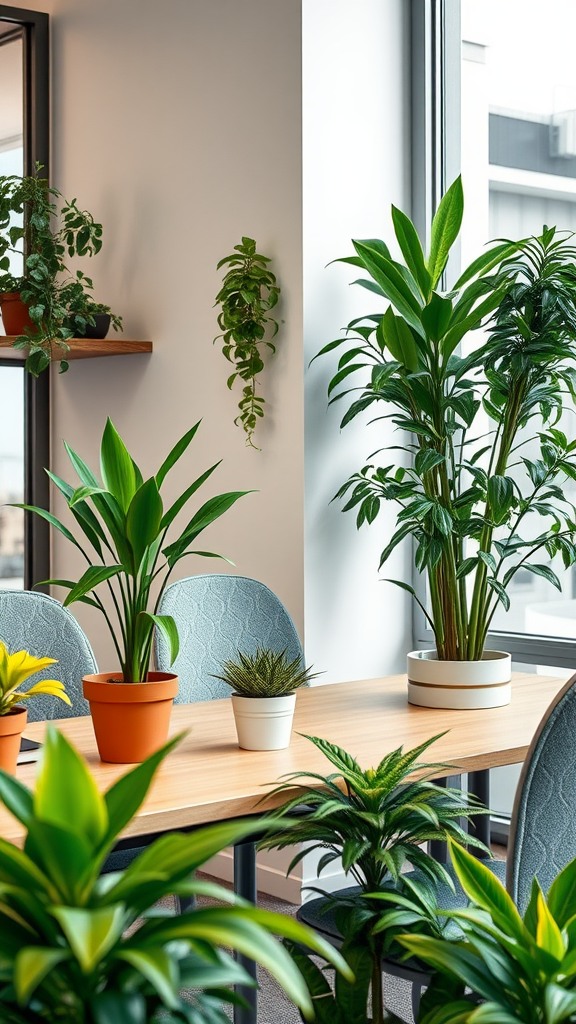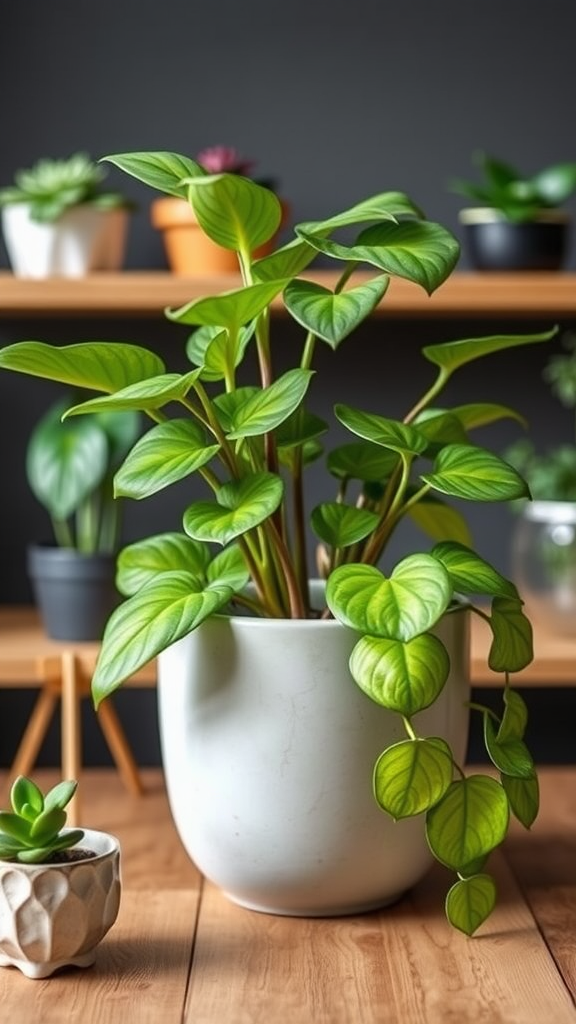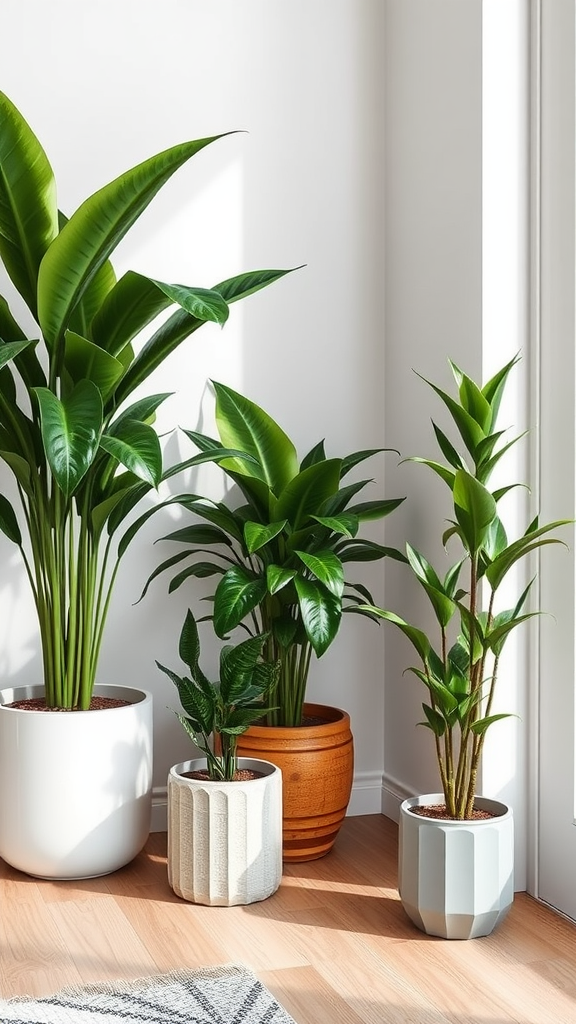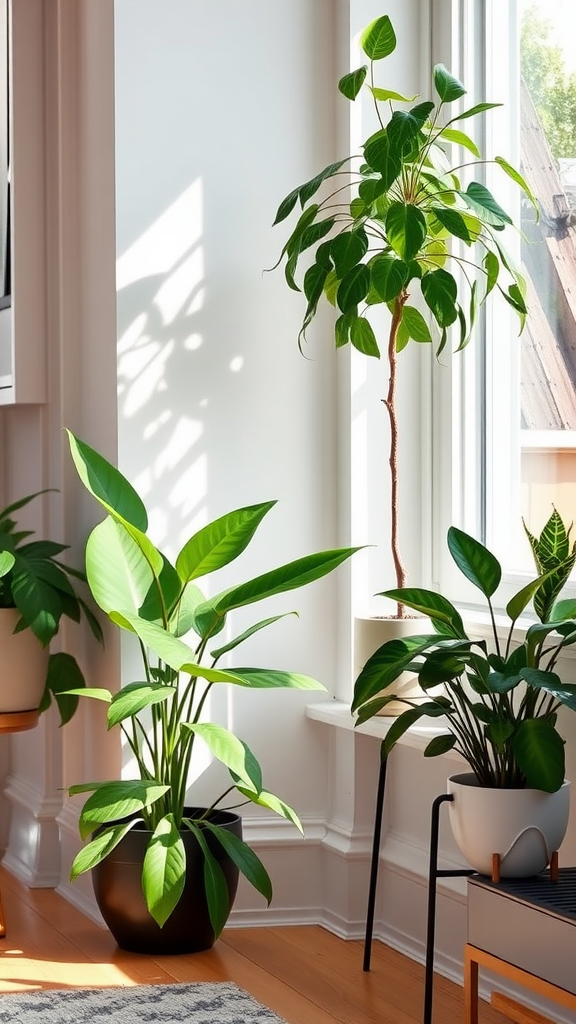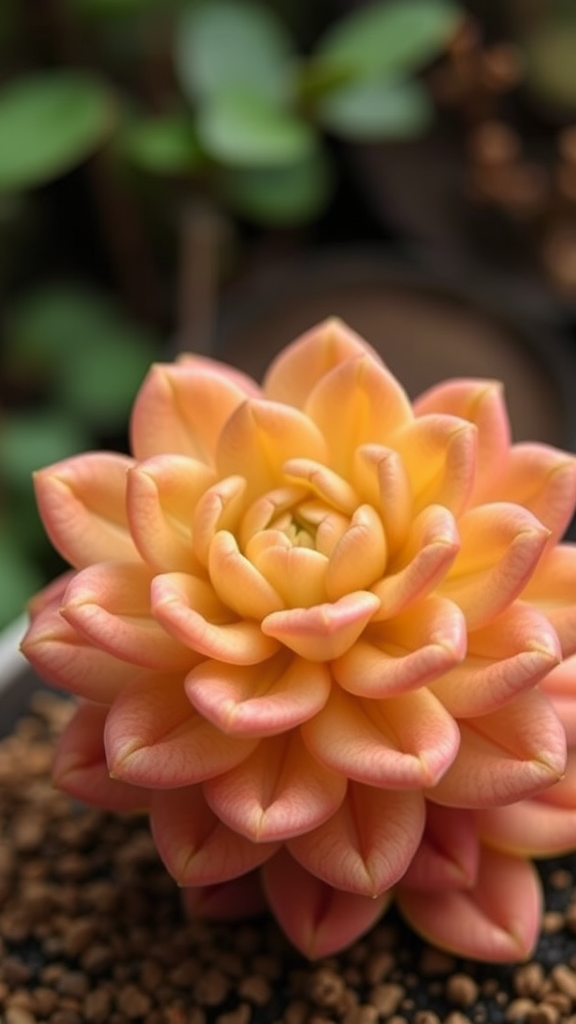The Best Plants for Office Spaces: Enhancing Productivity and Mood
When you’re at work, the environment plays a crucial role in how you feel and how much you accomplish throughout the day. plants into your office space can have a significant impact on your productivity and mood. Let’s explore some of the best plants that can breathe life into your workspace while enhancing your overall well-being.
Benefits of Having Plants in the Office
Plants are not just for home decor; they offer numerous benefits in an office setting. Studies show that green plants can:
- Reduce stress levels, leading to a more relaxed work environment.
- Improve air quality by filtering toxins and increasing oxygen levels.
- Enhance creativity and focus, making it easier to tackle tasks and projects.
- Boost morale and promote a sense of well-being among employees.
Top Plants to Enhance Your Office Space
Choosing the right plants for your office can help maximize these benefits. Here are some excellent options:
1. Snake Plant (Sansevieria)
The snake plant is perfect for beginners. It’s hardy, requires little light, and only needs watering every few weeks. Its tall, upright leaves can add some height to your desk while helping to purify the air. This plant also thrives in low light, making it ideal for offices with limited natural light.
2. Peace Lily (Spathiphyllum)
Known for its beautiful white flowers and glossy green leaves, the peace lily is another air-purifying powerhouse. It thrives in low light and prefers to be watered when the soil is dry. Besides enhancing mood with its stunning appearance, it also helps to absorb harmful pollutants.
3. Pothos (Epipremnum aureum)
Pothos plants are incredibly versatile, able to grow in low light and tolerating occasional neglect. Their trailing vines can be hung or placed on shelves, making them an attractive addition to your office. They are effective at improving indoor air quality, ensuring a fresher atmosphere.
4. Spider Plant (Chlorophytum comosum)
The spider plant is another great choice, especially for those who may forget to water their plants regularly. It thrives in various lighting conditions and is known for its air-purifying qualities. Plus, it’s visually appealing with its arching leaves and spider-like babies.
5. ZZ Plant (Zamioculcas zamiifolia)
If you want a virtually indestructible plant, the ZZ plant is your friend. Its thick, waxy leaves hold moisture, making it perfect for low-light environments. This plant doesn’t require much attention, which makes it great for busy work schedules.
Tips for Plant Care in the Office
Taking care of office plants is straightforward but requires some basic attention:
- Lighting: Understand the light conditions in your office. Choose plants that can thrive in those specific lighting situations.
- Watering: Overwatering is a common mistake. It’s usually better to underwater than overwater. Check soil moisture before watering.
- Dusting: Keep your plant leaves clean by gently wiping them with a damp cloth. This helps the plant absorb more light.
- Rotate: Every now and then, rotate your plants to ensure all sides receive equal light exposure.
Creating a Green Workspace
Plants into your office doesn’t have to be overwhelming. Start with one or two, and gradually add more as you become comfortable caring for them. You can also consider desk organizers that include small pots or a vertical garden wall for added visual interest.
Bringing greenery into your office space will not only make it more inviting but also create an energizing atmosphere. By choosing plants that fit your office environment and caring for them properly, you can boost both productivity and mood significantly. With just a few plants, you can transform your workspace into a haven of tranquility and inspiration.
Tips for Care and Maintenance of Office Plants for Optimal Growth
Keeping office plants healthy is essential for creating a productive work environment. Whether you have succulents, ferns, or flowering plants, the right care can help them thrive and enhance the mood of your space. Here are some practical tips to ensure your office plants remain in optimal condition.
Watering Your Office Plants
Watering is one of the most critical aspects of plant care. Overwatering and underwatering can both harm your plants. Here’s how to get it right:
- Check the soil: Before watering, stick your finger about an inch into the soil. If it feels dry, it’s time to water.
- Use room temperature water: Cold water can shock the plant’s roots. Aim for water that is around room temperature.
- Water thoroughly: Ensure you water until it drains from the bottom. This encourages strong root growth.
- Consider the type of plant: Different species have different watering needs. Research your specific plants to make sure you provide the right amount.
Lighting Conditions
Light is crucial for plant health. Finding the right spot for your plants can make a significant difference. Here are tips to optimize light exposure:
- Understand plant requirements: Some plants need bright light, while others thrive in low light. Make sure to check the needs of each type.
- Utilize natural light: Place plants near windows where they can soak up sunlight. However, be cautious of direct sunlight, as it can scorch some plants.
- Rotate your plants: Rotate pots occasionally to ensure all sides receive equal light, promoting even growth.
- Supplement with artificial lights: For windowless offices or low-light areas, consider using grow lights to provide adequate illumination.
Humidity and Temperature Control
The humidity and temperature of your office can affect your plants’ health significantly. Follow these guidelines:
- Maintain stable temperatures: Most office plants prefer temperatures between 65°F and 75°F (18°C to 24°C).
- Monitor humidity levels: Most indoor plants thrive in higher humidity. Keep a humidifier nearby if your office air is dry.
- Avoid drafts: Keep plants away from heaters, air conditioners, and drafty windows. Sudden changes in temperature can stress them out.
Fertilization for Growth
Fertilizing helps provide the necessary nutrients for your office plants to grow robustly. Here’s how to fertilize safely:
- Choose the right fertilizer: Opt for a balanced, water-soluble fertilizer that suits your plant type.
- Follow the recommended schedule: Most plants only need fertilization every 4-6 weeks during their growing season.
- Do not over-fertilize: Applying too much can damage the roots and lead to unhealthy plants.
Pest Management
Pests can quickly take a toll on your office plants. Regular check-ups can prevent infestations:
- Inspect regularly: Look under leaves and at the base of the stems for signs of pests like aphids or spider mites.
- Clean your plants: Wipe the leaves with a damp cloth to remove dust and pests.
- Use natural pesticides: If you notice pests, use organic solutions like neem oil or insecticidal soap for treatment.
By adhering to these tips, you can create an environment where your office plants not only survive but thrive. Healthy plants not only add beauty to your workspace but also contribute to improved mood and productivity among employees. Keep your plants happy, and they’ll keep your office feeling fresh and vibrant!
Conclusion
Bringing plants into office spaces is more than just a design choice; it’s a strategic decision that can significantly enhance productivity and improve mood. The right plants—like snake plants, pothos, and peace lilies—not only beautify your workspace, but they also purify the air and create a more inviting atmosphere. By strategically positioning these plants throughout your office, you can foster a sense of calm and boost employees’ creativity and focus.
However, choosing the best plants is only part of the equation. To truly reap the benefits, it’s crucial to care for your greenery properly. Regular watering, appropriate lighting, and ensuring the right temperature and humidity levels are key to maintaining healthy plants. Understanding each plant’s specific needs will help you avoid common pitfalls and keep your office environment thriving.
Plants into your workplace is a simple yet powerful way to transform your space. It promotes both physical and mental well-being, making your office a more enjoyable place to work. By prioritizing plant care and selection, you can create an environment that energizes your team and encourages peak performance. Remember, the key to a vibrant office lies not only in the choice of plants but also in nurturing them to contribute positively to your workspace. Embrace nature as part of your office design, and witness the incredible impact it has on employee morale and productivity.

